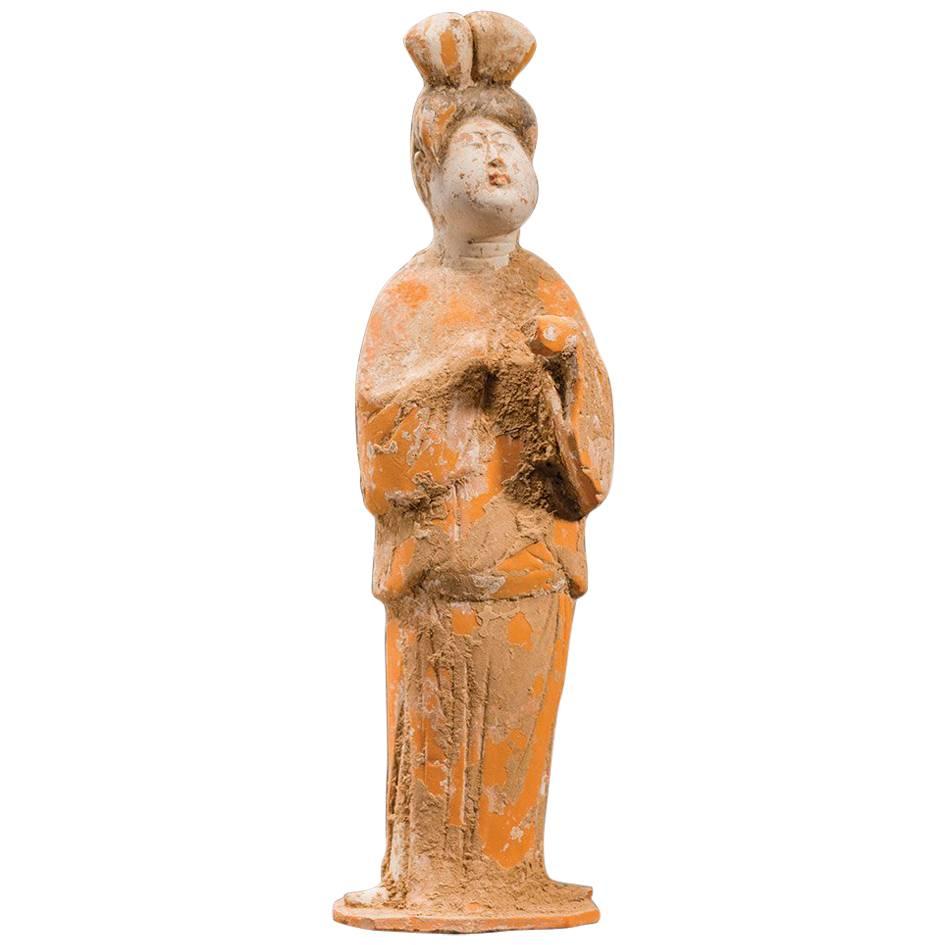

Moreover, there is a possibility of the start of the Yayoi period going back to at least the 10th century B. In recent years, some evidence shows that the temperate Japonica-rice, a rice-paddy plant, was introduced by the end of Jomon period.

It was the beginning of the Yayoi period. , life style of rice-paddy cultivation was introduced from the continent to northern Kyushu, and it spread to Kyushu, Shikoku, and Honshu (the main island of Japan).Įarly paddy field remains including continental ground stoneware and carbonized rice were concentrated and discovered in the northern Kyushu region, such as the Itazuke site located at Hakata Ward, Fukuoka City, Nabatake site located at Karatsu City, Saga Prefecture, Magarita site located at Fukuoka Prefecture and Notame site located at Fukuoka Prefecture. )(Also it is said that temperate Japonica rice, a paddy-rice plant, had already been introduced at the end of the Jomon period and the starting time of rice cultivation, defined as the beginning of the Yayoi period, cannot be confirmed at the moment. (In 2005, large amounts of plant opals were found from a stratum of the early Jomon period, in Nadasaki-cho, Okayama Prefecture, and many theories stating that rice cultivation with a rice plant grown in a dry field was practiced at least from 3,500 years ago, were proposed. The Yayoi period started when a group of people with rice-paddy cultivation techniques immigrated from outside the Japanese Archipelago to northern Kyushu. In specific terms, it is the period when rice-paddy cultivation started in Japan by introduction rice cropping techniques. (though there are some objections to this date) to the middle of the 3rd century. It is the period approximately between the middle of the 10th century B. The Yayoi period follows the Jomon period and precedes the Kofun period (tumulus period).

A living area: It was surrounded by a moat to protect the village.This is the only place in Japan where three areas are found and preserved. Now, people spend their time in various ways in this park while they feel the lifestyle of the Yayoi people.ĭistinctive characteristics of the Ama ruins After long-term research, it was arranged into a large green city park of about 55 acres. That’s why the underground remains have been preserved in good condition. Coincidentally, this area had escaped the development of housing lots because it had been used as a Kyoto university farm. It was actually the ruins of a 2,500-year-old moat village (環濠集落) and designated as a National Historic Site in 1993. As you can imagine from the name, it is a valuable settlement site that reveals life in the Yayoi period. It’s a vast and flat park located about a 15-minute walk from JR Takatsuki station or Hankyu Takatsuki city station. It was newly and fully opened in March, 2021. I’d like to introduce another national historic site, the Aman Ruins Park (安満遺跡公園). Let’s date back to the prior period, Yayoi period (弥生時代).


 0 kommentar(er)
0 kommentar(er)
